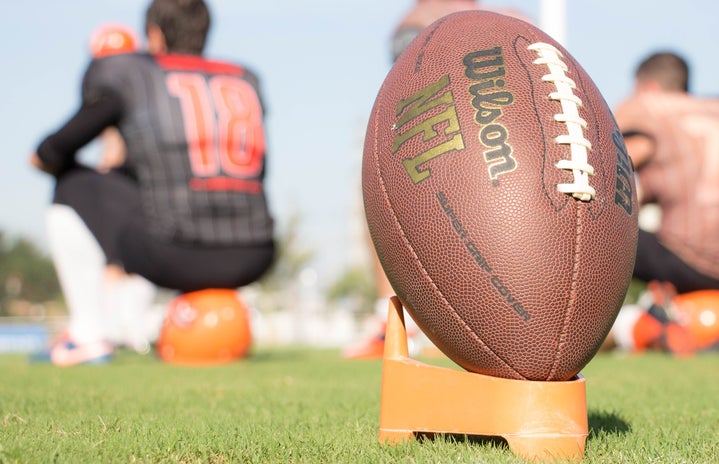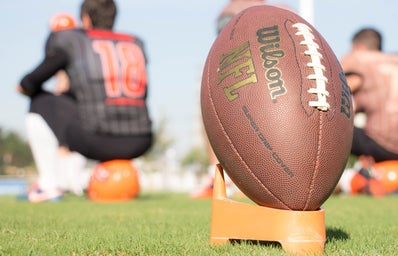When I was going to community college in Wenatchee, Washington, I took a sports nutrition class and something that stuck out to me was that the professor told us, “If you have diabetes, expect not to be an athlete.” As a diabetic, it made me feel like we could not do what others could. As the years have gone on in my college career, I have started to see that diseases like diabetes are all about treatment and how on top of the treatment you are. If your diligent enough you do what you can so that you can live life the way you want to. Recently, I have been watching a lot of football and discovered that there are a handful of NFL players who are playing while being a type one diabetic. Although they are another statistic to the world, they are changing the way that people living with diabetes can approach their lives from an athletic ability standpoint.
I first discovered that Mark Andrews, tight end for the Baltimore Ravens had type one diabetes and was completely open and honest about it. I think there is something special about an athlete that many follow and look up to, being true to himself and showing others that diabetes doesn’t have to be a hindrance to your life. It was about the way you took it, head-on. Mark Andrews is a major influence on the world of type one diabetes. He is incredibly involved with diabetes groups that are helping and encouraging kids along their journey and how they can be normal kids with the help of a few extra steps in their day. I love seeing how he does not make diabetes a big deal but rather he is very much involved in using technology to help with his treatments like insulin pumps and continuous glucose monitoring systems (CGMs) that make his life easier when it comes to treatment. Another NFL athlete that I had the opportunity to do some research on along with Mark Andrews, was linebacker for the Jacksonville Jaguars, Chad Muma. Chad Muma wanted to be a football player since he was a kid, but then diabetes tackled him. As he learned more about diabetes, like Mark did, technology was what helped him achieve his dreams of becoming a professional football player.
When you watch players like these, diabetes isn’t even what defines them. They show that just because they have diabetes doesn’t mean they cannot live out their dreams. I’ve had an opportunity in my advanced sports nutrition class to dive into this topic much further in depth in terms of how these players are fueling (i.e., the proper ways to eat before and after an event/training). It’s interesting to see that there is not much research on this topic and that requirements for both diabetic athletes and athletes without diabetes. It’s a topic that should be more addressed as the research for technology advances in the treatment of type one diabetes. I hope players like these can influence more diabetic individuals to go for their dreams and defy the odds.



